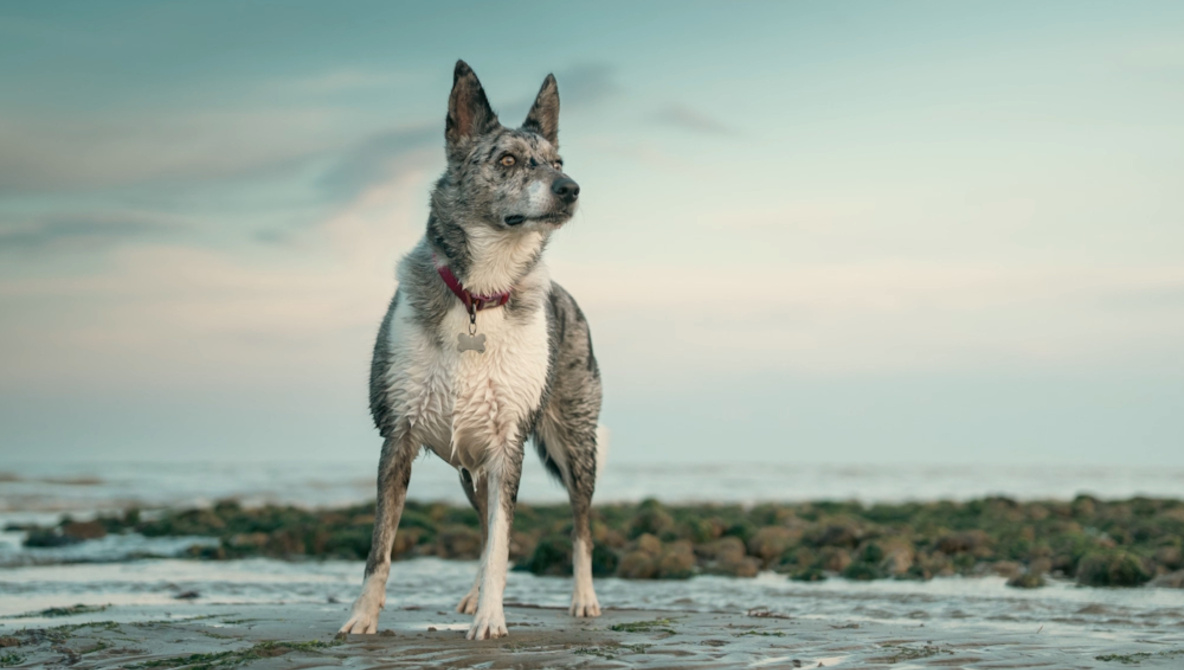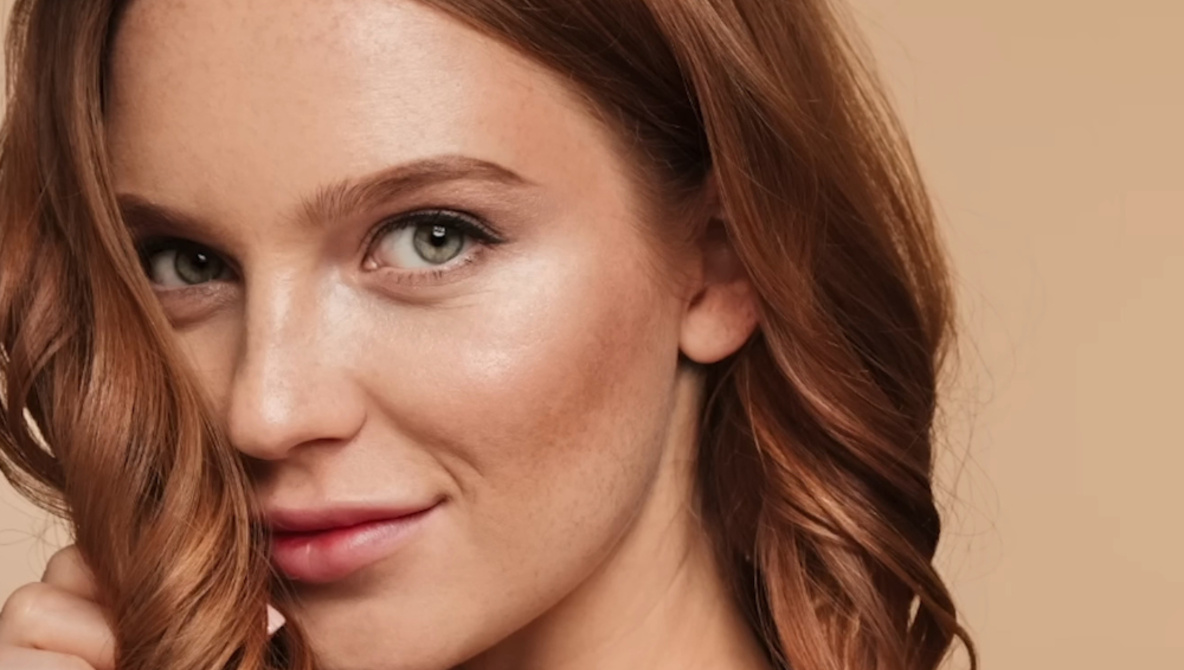Articles

Is it safe to use a camera in rainy conditions?
DPReview News |
While rainy weather is often seen as a negative, it can allow for stunning photographic moments. However, such conditions also result in a dilemma for photographers. Is it worth getting your camera and lens soaked to get some photos, or should you play it safe and stay inside?
Rain and snow don't have to mean the end or cancellation of a session or outing. With some precautions and the right equipment, you can use your camera in wet conditions. Whether you're caught in an unexpected shower or purposefully getting out there in wet weather, here's what you need to know to keep your gear safe.
Know your gear
 |
In the camera and lens world, you'll come across mentions of weather-sealing or weather-resistance. Put simply, weather-sealing refers to gaskets and rubber rings around buttons, dials, switches, seams and ports to keep moisture out. Unfortunately, companies don't use those terms consistently, and they can mean vastly different things even within one brand. As a result, it can be difficult to decipher what weather-sealing actually means.
High-end cameras and lenses typically offer fairly robust weather-sealing, whereas budget cameras often lack much weather-sealing. OM System and Leica are the only two companies offering a specific IP rating, and only for some of their cameras.
Some companies may share diagrams highlighting where the seals are on their cameras and lenses, though that's not very common. If you can find specific information about your gear's weather-sealing, that may help you make decisions about how much rain it can handle. Some will be fine with longer stays in fairly heavy downpours, whereas others are best kept to short stints in rain.
How to use your camera in the rain
 |
| Photo: ugis bralens / iStock / Getty Images Plus via Getty Images |
Broadly speaking, even cameras with minimal weather-sealing are okay in rain and snow without special gear. You don't need to panic if you get caught in a shower, and it isn't necessary to avoid purposefully going out in inclement conditions.
No matter how much rain you're in, a lens hood will be helpful. It will reduce the number of raindrops landing on your lens, keeping it clearer for your photos. Of course, if there's heavy wind blowing rain around, it won't help much, but it's better than nothing. Keeping your hot shoe cover on (unlike the photo above) in damp conditions is also smart. Water could ruin the electrical contacts there, damaging your hot shoe.
If you want to stay out for longer periods in rainy weather or need to withstand epic downpours, there are additional steps you may want to take. Having at least some cover for your camera could give you better peace of mind, but that doesn't mean you need to buy anything. Things in your environment can block rain, such as dense overhead vegetation, an overhanging cliff or an awning on a building. If you don't like being tied to one spot, an umbrella is a shelter you can take anywhere. Or, if you're wearing a jacket, you can tuck your camera inside, only removing it when you want to take photos.
 |
|
Rain covers are ideal for especially wet conditions, or for giving you more peace of mind. Photo: ThinkTank |
If you want to be cautious or are in particularly wet conditions, you could pick up a rain cover for your camera. A plastic bag will work in a pinch, but camera-specific covers will offer more protection and make it easier to use your camera. These can be lightweight rain sleeves that are essentially camera- and lens-shaped plastic bags or ones that are more like rain jackets for cameras.
Rain sleeves are ideal to keep on hand in case the weather turns unexpectedly, since they are lightweight and compact. They are also highly affordable, but they aren't all that durable. The more heavy-duty covers are meant for repeated use, which is likely the better option if you know you'll be in wet locations frequently.
Finally, it's smart to have some clean, dry microfiber cloths on hand to wipe raindrops off your lens as they appear.
Don't forget aftercare
 |
What you do after the rainstorm is perhaps more important than preventing your camera from getting wet in the first place. The general "never store anything wet" phrase also applies to camera gear. If your camera gets wet, dry it off as much as possible before packing it in your bag. Otherwise, it will sit in moisture, which isn't great for electronics.
Once you are out of the wet environment, take the camera out of your bag, fully dry off the camera and leave the bag open so both can dry out. You can also use silica gel packets to help dry things out.
Don't let rain hold you back
Shooting in the rain can allow you to create some truly dramatic and amazing images. In fact, some of my favorite photos were taken in the rain or snow. While you shouldn't let rain stop you from getting out there, you still need to know your gear's limits and take care of your camera afterward. With those things in mind, you'll be able to stay creative even in wet weather while keeping your camera safe.














